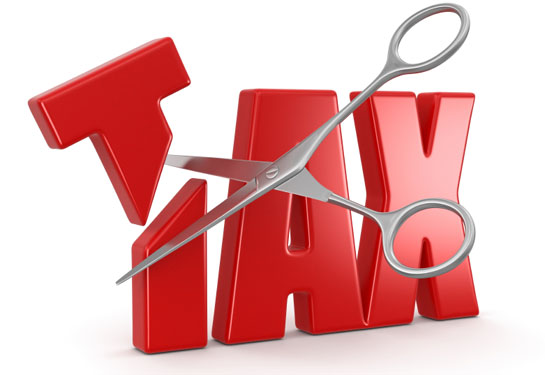Legislation for $20,000 asset write-off has finally been tabled Posted on October 9, 2018

All the details can be read in the bill that was introduced to Parliament on May 28, but a summation of the changes can be neatly gleaned from the following before-and-after comparisons.
Some examples used in the legislation’s accompanying explanatory memorandum paints a picture of how the measures will work.

Patrick’s Plumbing is a small business entity and satisfies the conditions to make the choice to apply the small business capital allowance provisions in the income year that runs from July 1, 2015 to June 30, 2016.
Patrick’s Plumbing purchases a truck on July 15, 2015 for $19,000. The truck is used 100% for business purposes and therefore has a taxable purpose proportion of 100%.
Patrick’s Plumbing chooses to apply the small business capital allowance provisions and writes off the asset by claiming a $19,000 deduction for the truck in its tax return for the 2015-16 income year.
Another example helps to illustrate the new measure in a slightly different scenario.
Daryl’s Electrical is a small business entity that satisfies the conditions to make the choice to apply the small business capital allowance provisions in the same income year.
Daryl’s Electrical acquires a ute for $40,000 on July 28, 2015. Daryl’s Electrical estimates that the ute has a taxable purpose proportion of 40% for the 2015-16 income year. As the ute cost more than $20,000, Daryl’s Electrical is unable to immediately deduct the cost of the ute and the ute is instead added to Daryl’s Electrical’s general small business pool.
Daryl’s Electrical’s general small business pool has an opening balance of $10,000 on July 1, 2015 from assets added to the pool in previous income years. Assuming the ute was the only asset allocated to Daryl’s Electrical’s general small business pool in the 2015-16 income year, the deduction that Daryl’s Electrical can claim in the 2015-16 income year under the pooling rules is 15% of the taxable purpose proportion of the ute, and 30% of the opening balance of the pool.
As the taxable purpose of the proportion of the ute is $16,000 (being 40% of $40,000), the deduction allowable is $2,400 (being 15% of $16,000) for the ute and $3,000 for the opening balance of the general small business pool.
As far as the “second element” of depreciating asset costs, the explanatory memorandum uses the following example.
Taylor’s Tailoring is a small business entity and satisfies the conditions to make the choice to apply the small business capital allowance provisions in the 2014-15 and 2015-16 income years. Taylor’s Tailoring’s income year runs from July 1 to June 30.
On June 1, 2015, Taylor’s Tailoring purchases an industrial sewing machine for $5,000 for use in its tailoring business. The taxable purpose proportion of the sewing machine is 100%. Taylor’s Tailoring chooses to apply the small business capital allowance provisions and writes off the asset by claiming a $5,000 deduction in its income tax return in the 2014-15 income year.
On November 30, 2015, an overlocking function is added to the machine to improve its functionality and for use in the tailoring business. The cost of this improvement is $2,000. As the sewing machine was written off in the 2014-15 income year and the amount of the improvement is less than $20,000, Taylor’s Tailoring claims a $2,000 deduction in its income tax return for the 2015-16 income year.





